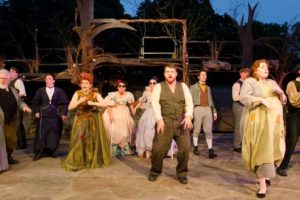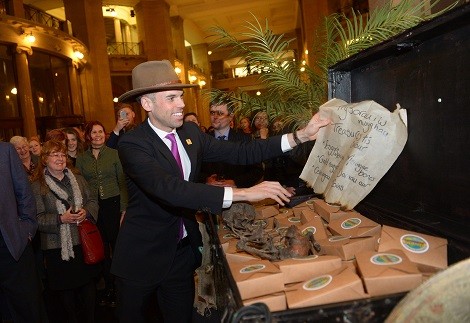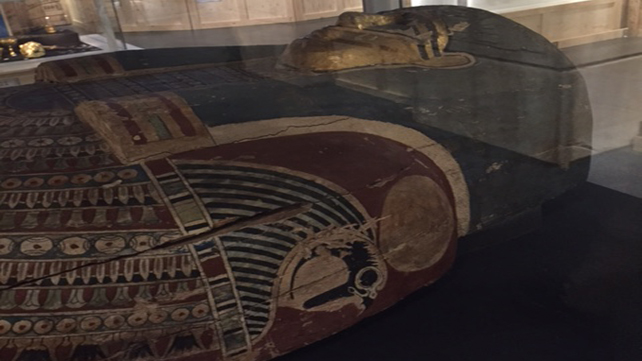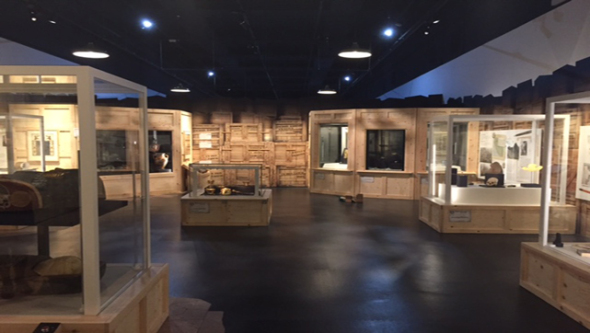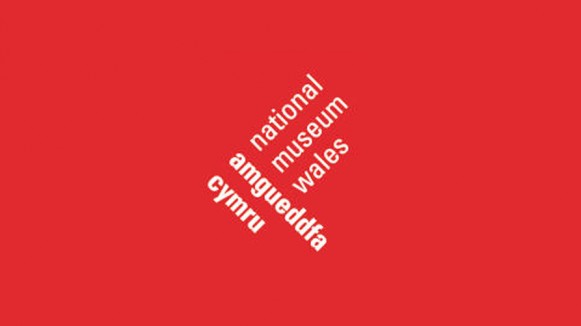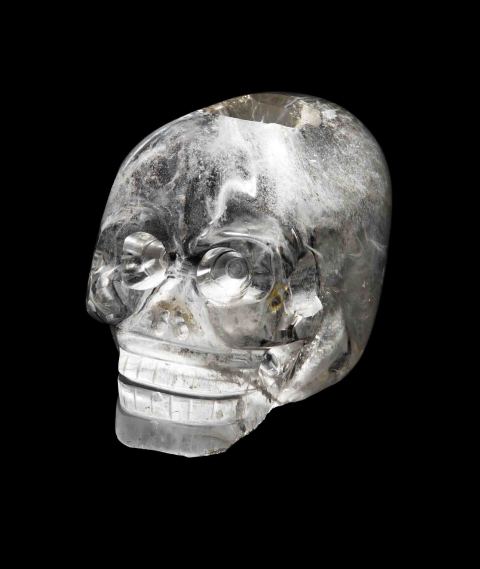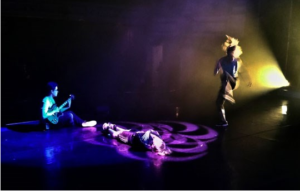
 (4 / 5)
(4 / 5)
Director James Williams was placed, alongside the producers at Arts Active Wales, with the admirable but ultimately unenviable task of threading together a week’s worth of workshops, carried out by young people who had never before met, together into a show worthy of the New Theatre.
Despite the insularity that is always a potential threat to any of these types of projects, they always expand outside their form – making it a real shame this performance, perhaps weighed down by the somewhat awkward virtue of its name, wasn’t a tad more well marketed. What the Sherman NT Connections festival did so well with interpreting set theatre pieces this project did for new material.
There were, of course, lots of layers of interweaving. The more complex ideas with the weaker ones, the reasonably large age gap of performers aged 14 – 25, and of course the disciplines of circus, design, dance, art, music and the spoken word. The poetry, overseen by Literature Wales was one of the highlights, although a few themes might’ve meandered, and there were moments where politics seemed a little indelicately transposed onto some performers. Having sat in on the workshop, any chinks in the material were minute distractions against the obvious double edged sword of the time frame, and the integration of every workshopped piece into the whole.
The ensemble for ‘Performance’ 2016
Community Music Wales where also very active in the show but where better executed and more memorable when used as a backbone for the other artforms. The Art and Design elements were the most sporadically used but well done; a Dali like background to an intense, exhaustive dance piece the most effective example. Impressive puppetry was also used, although the flashy teddy bear, turned Gothic by the lighting, would best be appreciated of those who, unlike this critic, have not been subjected to the ‘wonders’ of FNAF by younger family. No Fit State’s Circus performances showed the two most obvious flavours, a humorous but slight juggling gag to trapeze, but there will be no world in which the mastery of the latter doesn’t inspire some kind of awe.
All the elements worked well together, but Earthfall Dance had a monopoly on the night. Contemporary dance is one of those things all too easy to get wrong, viewed by the general public with cynicism, and even sometimes within the arts with a gentle wryness. In this show, it was stunning, performed by the trained dancers, with natural acting talent alongside passionate energy. It whipped up the most natural commentary and narrative of the night whilst seeming absolutely effortless. As always, simplicity was king and queen alike. Even though others without dance experience were involved, they too seemed totally natural. Whether swift and pulsating or tender and subdued, it was perfectly executed.
Overall, the pieces which were meant to form more of a cohesive story than a thematic connection were too brilliant not to hinder the more standalone pieces which would otherwise be fine if unengaging but it rather accurately depicted the current arts scene, whilst showing plenty of scope for new forms of talent. The difficulty in reviewing this was that any flaws are part of its form and therefore, any commentary can’t seem too constructive, but trying to bring young talent out of its usual spheres and into the general stage is an admirable thing. It was never going to be perfect or show any calculated insight, but it was certainly vibrant and showed plenty of the organic kind. Very much worth keeping an eye out for next year, but keeping it in context is essential for the ride.
Director: James Williams
Producer: Arts active
Assistant producers/collaborators: Literature Wales, No Fit State, Earthfall Dance, Community Music Wales, Criw Celf
Running time: 1 hr 20 mins

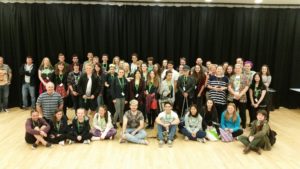


 (3 / 5)
(3 / 5)